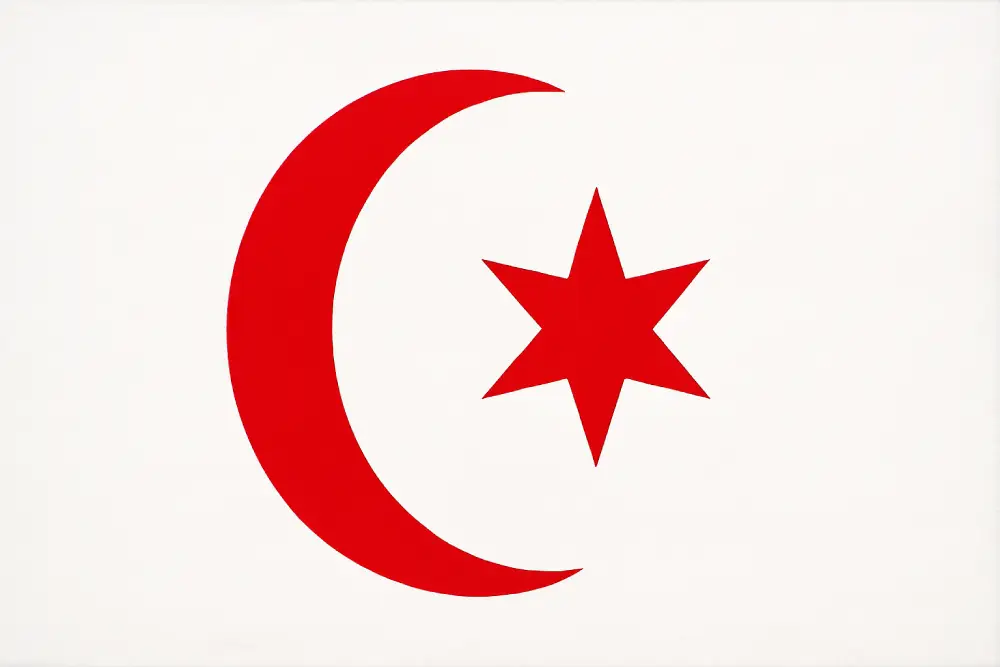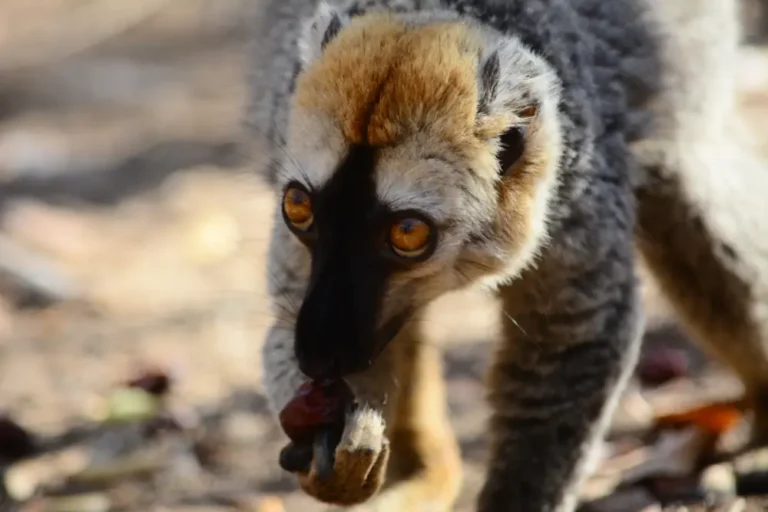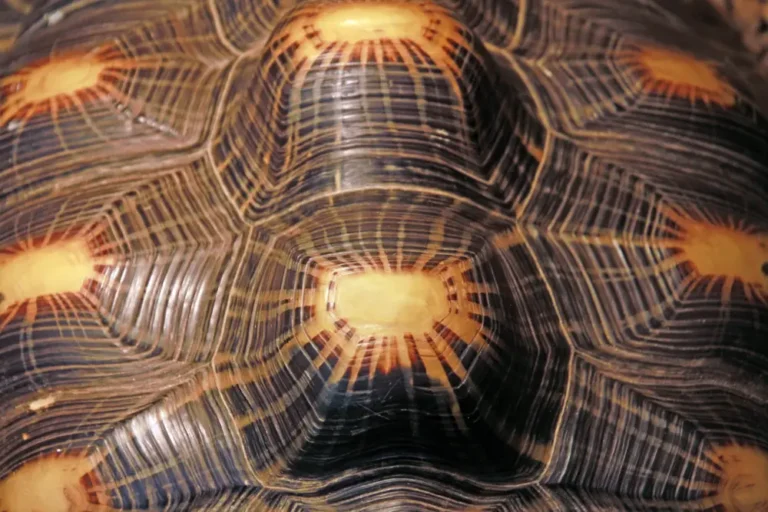The Tsanga Tsaina Festival (also called Tsanga-tsaigny) is the most important traditional celebration of the Antakàrana people. It takes place every five years in Ambatoharanana, the former capital of the Antakàrana kingdom, located in northern Madagascar. This grand festival occurs on a Friday during the dry season and unites the community around the king.
The festivities begin with a pilgrimage followed by a ritual bath at the Mitsio Islands, where King Tsimiharo I took refuge during the Merina invasion. Then, participants visit the royal caves of Ankàrana, which are exceptionally opened during this period.
Not far from Ambilobe, in the forest, two carefully selected trees « one male and one female » are cut down and joined together to form a sacred pole. A race then takes place to carry this pole to the royal village of Ambatoharanana, 27 km from Ambilobe. Women lead the procession while men symbolically protect them. The pole, symbolizing royalty and fertility, is planted in the ground and coated with an oily substance. One of the strongest young men then attempts to climb the greasy pole to hang a white flag adorned with a red crescent moon and a six-pointed star.
The following day, a large collective circumcision ceremony is held. This festival commemorates the arrival of the kings and the royal lineage, while reinforcing the unity of the people and their attachment to their traditions.
Main rituals :
| Ritual | Description |
| Pilgrimage and royal baths at Nosy Mitsio | The current king and his family visit the sacred cave where Tsimiharo I had taken refuge. |
| Making of the royal pole | Two trees are cut, shaped, and joined to form a pole, which is erected before the king. |
| Raising of the flag | A young man climbs the oily pole to raise the royal flag, cheered on by the crowd. |
| Large collective circumcision | A communal ritual circumcision ceremony marking an important rite of passage for the community. |
The Tsanga Tsaina Festival highlights the people’s loyalty to their king and celebrates their cultural identity. It attracts more and more visitors, making northern Madagascar a major cultural destination.






